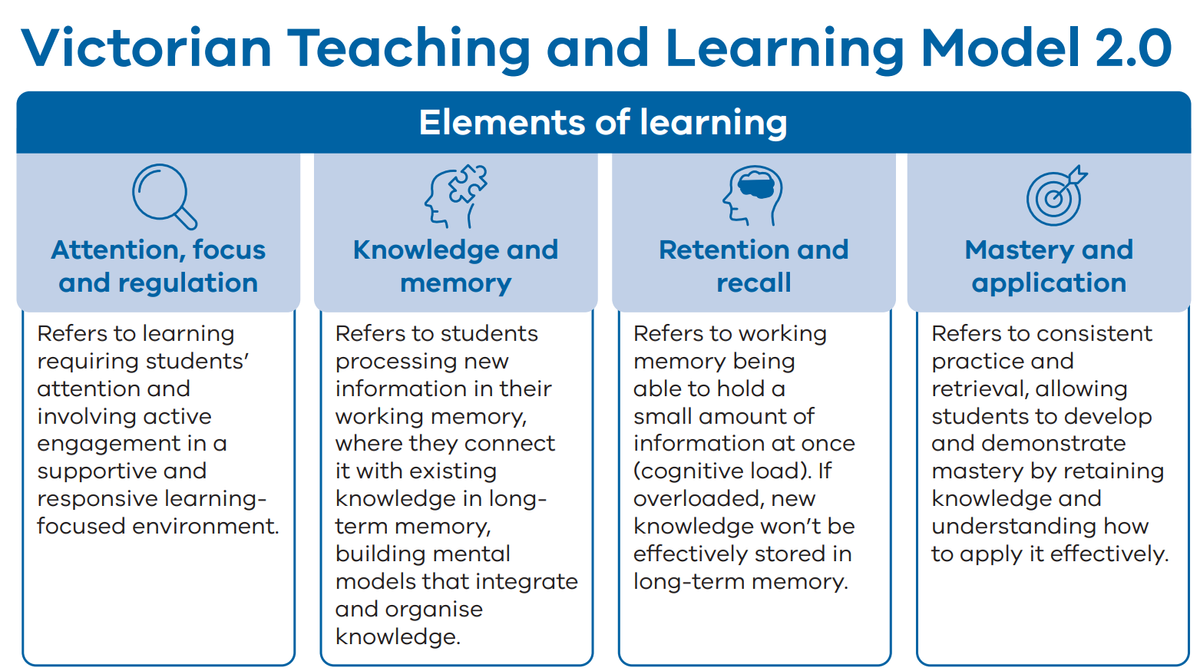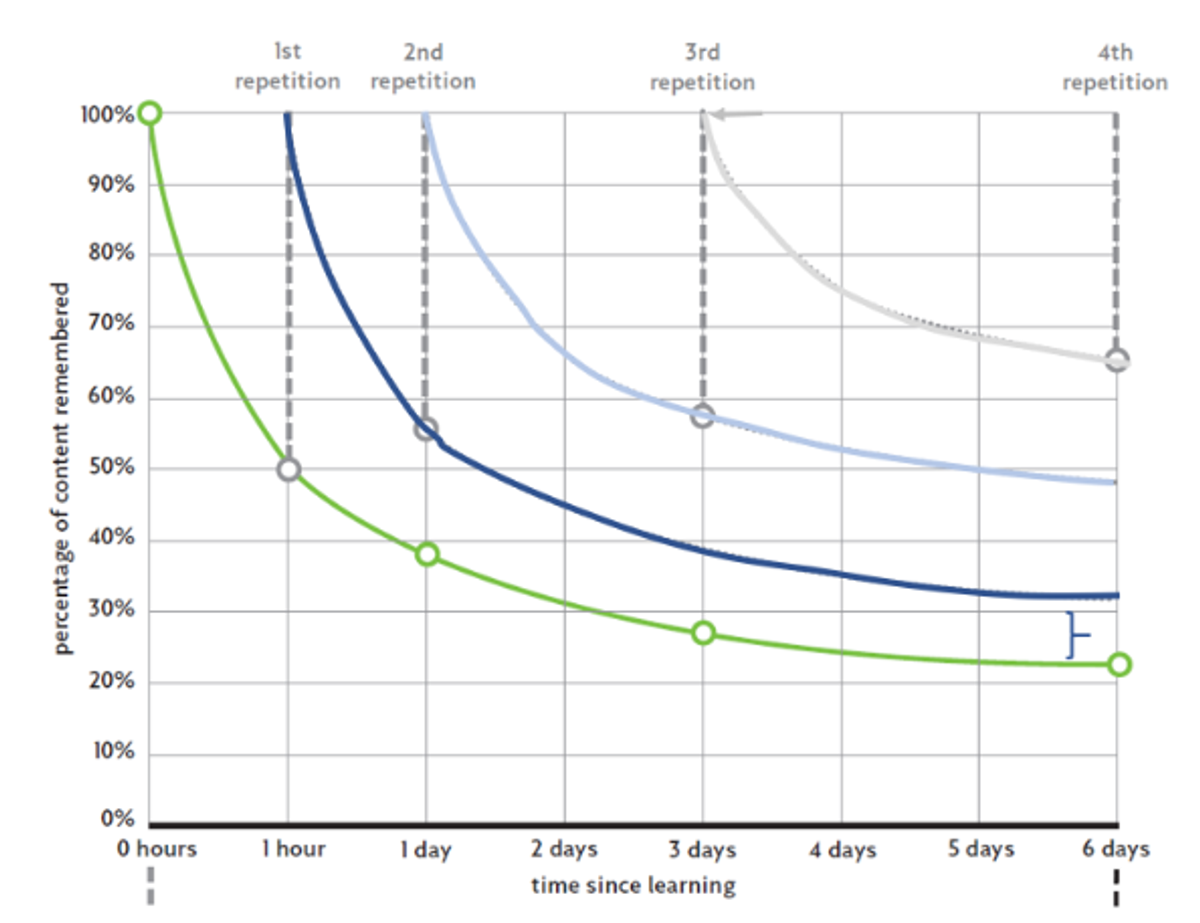Teaching and Learning
By Trudy Gau

Teaching and Learning
By Trudy Gau
The Elements of Learning: Retention and Recall
Supporting Every Student to Thrive
In this edition, I’ll focus on how we are supporting our students to practice what has been taught increasing chances of moving new information from working memory into long term memory. This is done through retention and recall.


Why does retrieval matter?
Research tells us that learning is a change in long-term memory. For students to truly learn, new information needs to move from their short-term “working memory” into their long-term memory, where it can be recalled and built upon.
This is where retrieval practice comes in. Retrieval practice means giving students regular opportunities to recall what they’ve already learned. Each time they practise recalling, the memory is strengthened—just like exercising a muscle. This helps students keep hold of key knowledge and skills, so they can use them when solving new problems or learning more complex ideas.
The forgetting curve
Over 100 years ago, a researcher named Hermann Ebbinghaus discovered the forgetting curve. He showed that if we don’t practise what we’ve learned, we forget most of it within days. But when students are encouraged to revisit and recall their learning at spaced intervals, the forgetting curve slows down and the knowledge is much more likely to stay in long-term memory.


What this looks like at SEPS
In Numeracy – This semester, we are introducing a Core Numeracy Program. At the beginning of every maths lesson, we dedicate 25 minutes to key routines. Of this time, 10–12 minutes is focused on retrieval practice. Students practise skills taught not only in recent lessons, but also from earlier in the year and even in previous year levels.
This mix of spacing (coming back to learning after time) and interleaving (practising different skills together) gives students the best chance of moving important knowledge into long-term memory. It also ensures they can apply what they know in new and varied contexts.
By embedding retrieval practice into our daily routines, we are following the Victorian Teaching and Learning Model 2.0 and the latest research into how the brain learns best. Our goal is simple: to give every SEPS student the strongest possible foundation for success.
I look forward to sharing some of the work we are doing around 'Mastery and Application' in relation to the Elements of Learning, in the next edition.